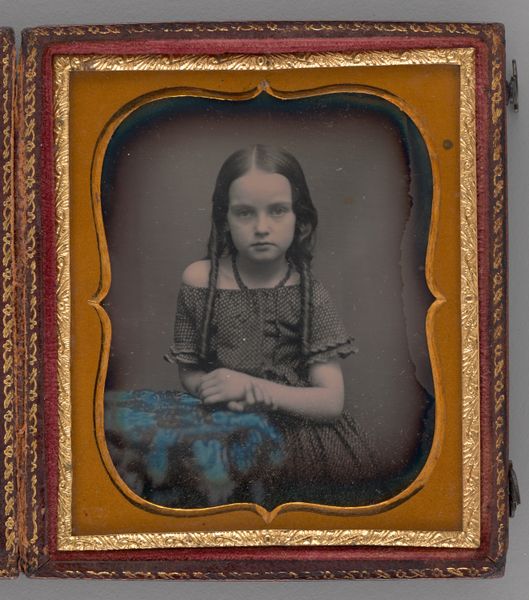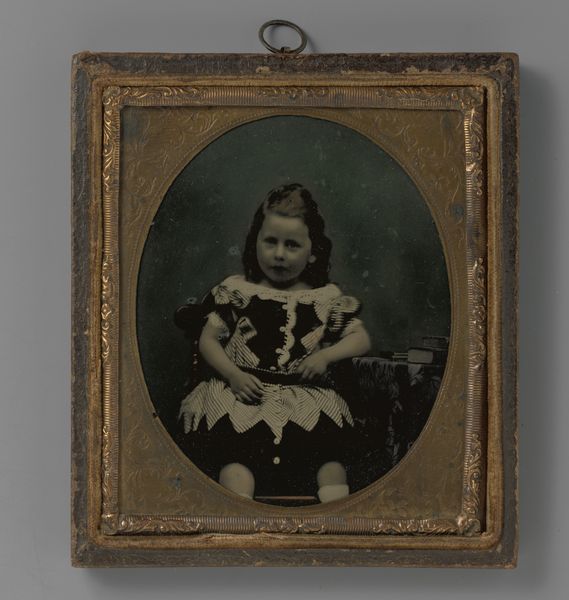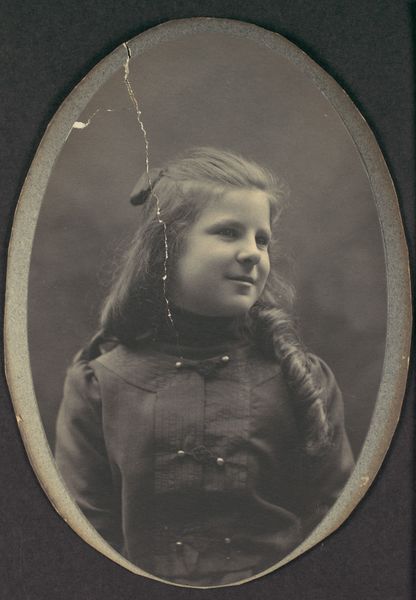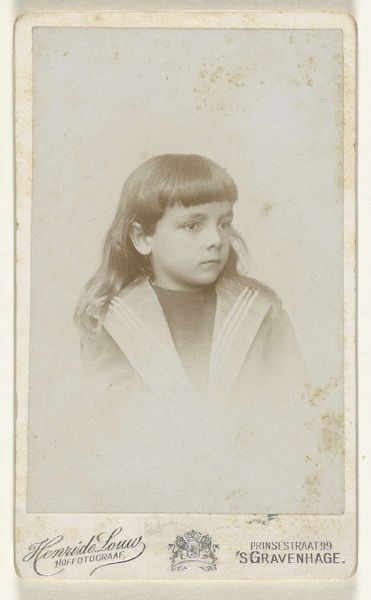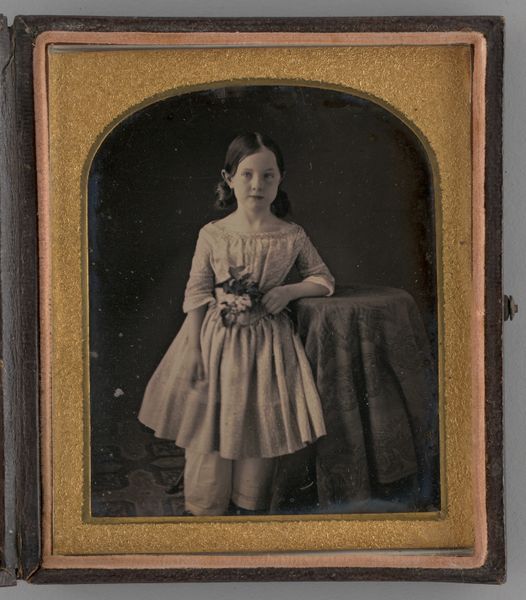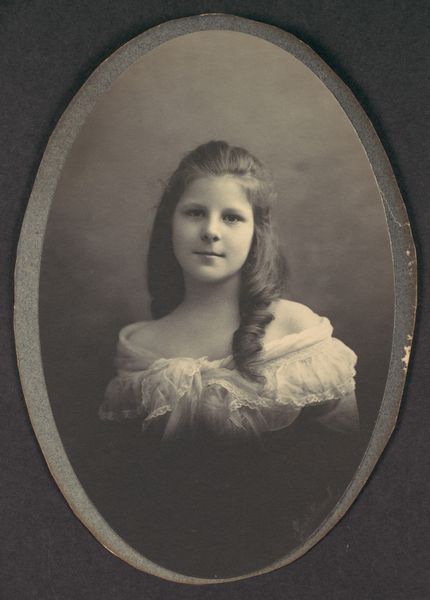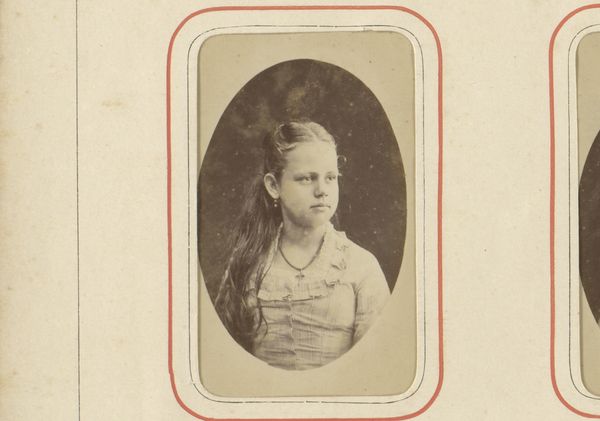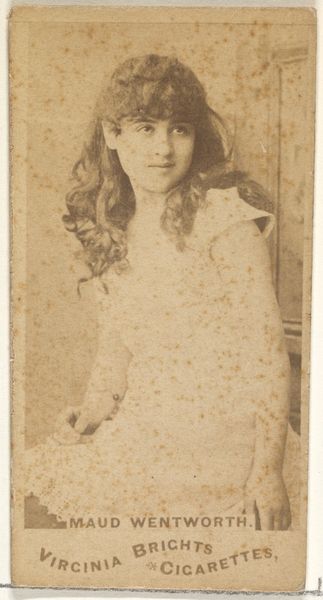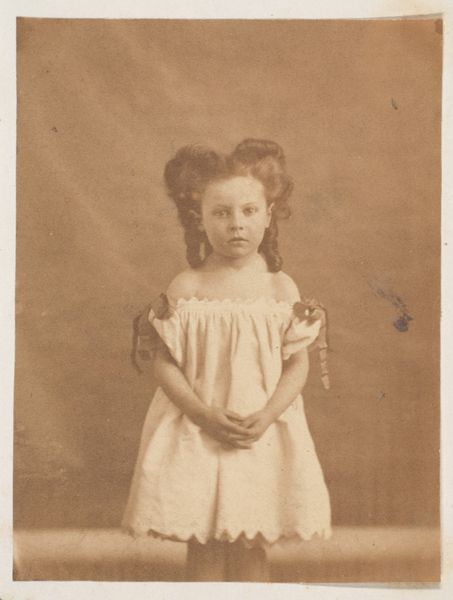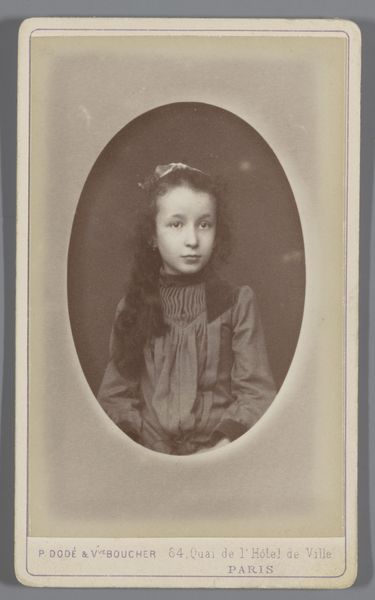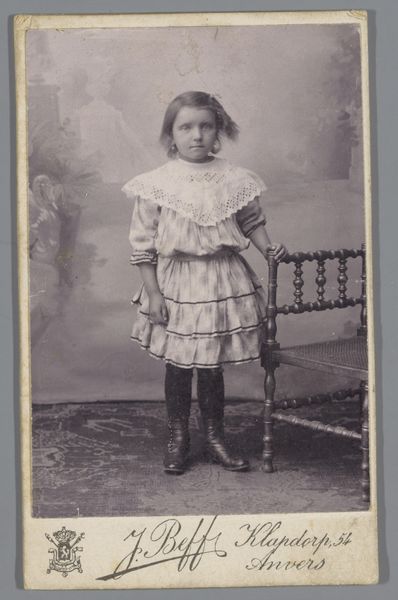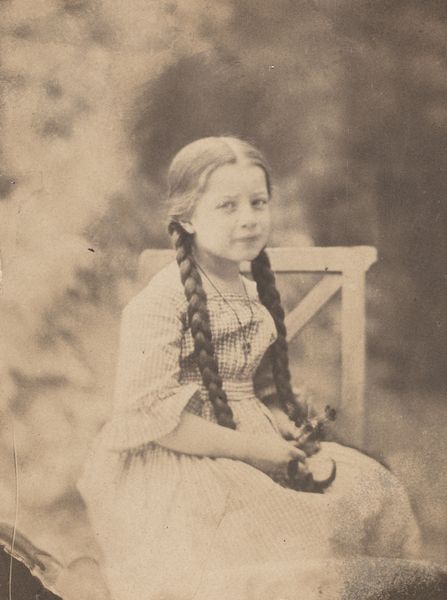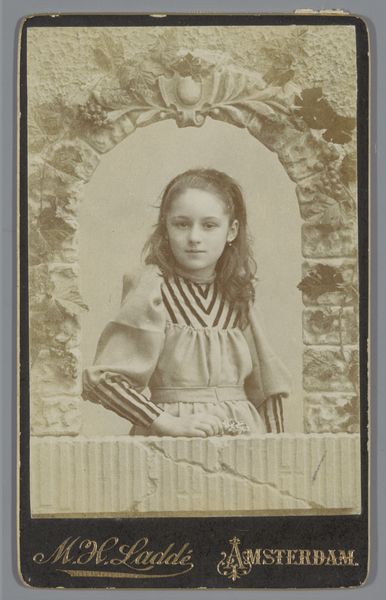
daguerreotype, photography
#
portrait
#
daguerreotype
#
photography
#
romanticism
Dimensions: height 81 mm, width 70 mm, height 140 mm, width 130 mm, depth 24 mm
Copyright: Rijks Museum: Open Domain
Eduard Isaac Asser created this portrait of his daughter Charlotte using the daguerreotype method, a very early form of photography, sometime in the mid-19th century. Looking at this image, we must consider the social implications of photography at that time. The sitter is a young girl presented in a straightforward, unadorned manner, which contrasts with the elaborate costumes and settings often found in painted portraits of the era. The daguerreotype, while still a relatively novel technology, offered a new way to represent individuals, potentially democratizing portraiture by making it more accessible to a broader segment of society. As historians, understanding the context in which this photograph was made is crucial, and examining family papers and photographic journals of the time could reveal more about Asser’s intentions and the reception of his work. What does it tell us about how families wished to represent themselves in a rapidly changing world?
Comments
rijksmuseum about 2 years ago
⋮
Born into a prosperous family of Amsterdam lawyers, Asser pursued not only a legal career, but was also an amateur painter and pioneering photographer. He portrayed his friends and family, including his second daughter, Charlotte. This is one of the earliest surviving Dutch photographs. It was made c. 1842, not long after Asser had begun to experiment with the medium.
Join the conversation
Join millions of artists and users on Artera today and experience the ultimate creative platform.
